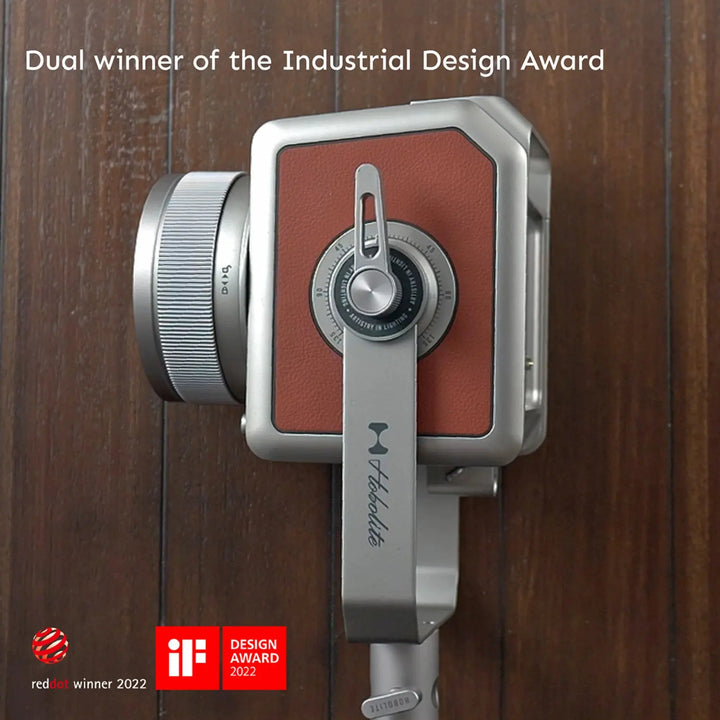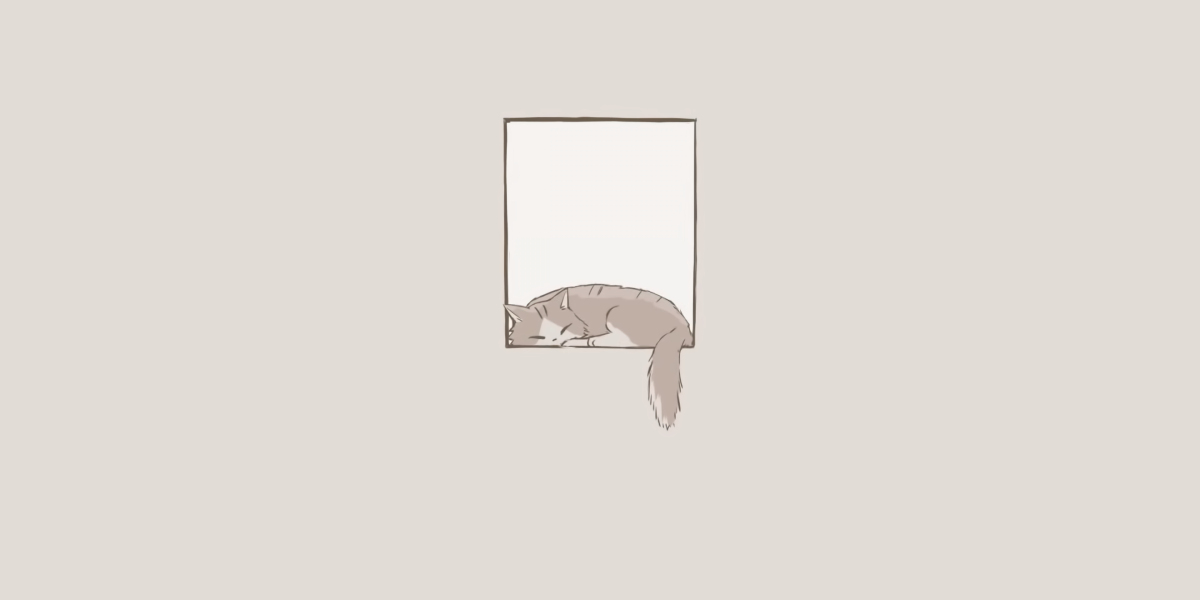Transform Your Studio: Discover the Magic of LED Lighting for Stunning Photography!
Lighting is often considered the unsung hero of photography—it's the element that can elevate a good shot to a great one. In recent years, LED lighting has revolutionized studio setups, offering photographers an array of options that enhance creativity while being energy efficient. Unlike traditional lighting systems, LED lights provide versatility, allowing for quick adjustments and consistent color temperature. Whether you're a seasoned professional or an enthusiastic hobbyist, understanding LED lighting options can significantly impact your photographic outcomes. In this article, we'll delve into the various LED lighting solutions available for studio photography, exploring their unique features and benefits.

Understanding LED Lighting
LED, or Light Emitting Diode, lighting is a modern technology that differs significantly from traditional incandescent or fluorescent lights. Unlike these older options that generate light through heat, LEDs produce light through electroluminescence, which is both energy-efficient and long-lasting. This technology not only consumes less power but also generates minimal heat, making it safer and more comfortable for extended photography sessions. In a photography context, LED lights offer a consistent color temperature, which ensures that colors remain true and vibrant in your images. Additionally, they have a longer lifespan, which means less frequent replacements and lower overall costs. For many photographers I know, switching to LED lighting has transformed the way they approach their craft, allowing for more experimentation without the worry of high electricity bills.
Types of LED Lights for Studio Photography
When it comes to studio photography, there are several types of LED lights that can be utilized to achieve various effects. Each type serves a distinct purpose, and understanding their capabilities can greatly enhance your photographic results. Among the most popular options are panel lights, ring lights, and softboxes. Panel lights are known for their even light distribution and portability, making them ideal for both portraits and product photography. Ring lights, with their unique circular design, create flattering catchlights in the subject's eyes and are particularly favored in beauty and portrait photography. Lastly, softboxes diffuse light to produce soft, flattering illumination, effectively reducing harsh shadows and enhancing skin tones. Each of these lighting solutions offers specific advantages, allowing photographers to tailor their setups according to their creative vision.
Panel Lights
Panel lights are a staple in many photography studios due to their versatility and efficiency. These flat, rectangular lights provide a broad and even light source that can illuminate a subject without harsh shadows. One of the standout features of panel lights is their portability; they often come with adjustable stands and can be easily transported for on-location shoots. Whether capturing portraits or showcasing products, panel lights can be adjusted to achieve the desired brightness and color temperature. A friend of mine often uses panel lights for his product photography, as they allow him to highlight textures and details with precision.
Ring Lights
Ring lights have gained immense popularity, especially among beauty and portrait photographers. Their circular shape surrounds the camera lens, creating a unique lighting effect that results in catchlights—those mesmerizing reflections in the eyes that add depth and character to portraits. This type of lighting minimizes shadows on the face, creating a flattering look that's perfect for beauty shots. Additionally, ring lights can be adjusted for brightness and color temperature, offering a customizable option for various shooting environments. I remember attending a workshop where a photographer demonstrated how ring lights could transform a simple headshot into a captivating portrait, making them a must-have tool for anyone serious about portrait photography.
Softboxes
Softboxes are essential for achieving soft, diffused lighting in a studio setting. By enclosing the light source in a soft fabric, softboxes disperse the light evenly, minimizing harsh shadows and producing a gentle glow that is particularly flattering for skin tones. They are especially beneficial for portrait and fashion photography, where you want to maintain a natural look while enhancing the subject's features. Softboxes come in various shapes and sizes, allowing photographers to choose the best fit for their needs. A colleague of mine swears by softboxes for her portraits, as they help her achieve a dreamy, ethereal quality in her images.
Setting Up LED Lighting in Your Studio
Setting up LED lighting in your studio can be an exciting yet challenging task. To achieve the best results, consider the positioning of your lights carefully. A common practice is to use a three-point lighting setup, which involves a key light, fill light, and backlight. The key light is the primary source, while the fill light softens shadows created by the key light, and the backlight adds depth by separating the subject from the background. Experimenting with light modifiers, such as diffusers and reflectors, can also greatly enhance your setup. It's crucial to take the time to test different arrangements, as even a small change in positioning can affect the overall mood and quality of your photographs. When I first started using LED lights, I spent hours adjusting their positions to find the perfect setup, but the results were worth the effort.
Creative Techniques with LED Lighting
Once you have a solid understanding of LED lighting and its various types, it's time to unleash your creativity. Photographers can experiment with color gels to change the light's hue, adding a splash of color that can dramatically alter the mood of a shot. Dynamic lighting setups, where you vary the intensity or angle of the lights throughout the shoot, can also create unique effects that keep your visuals fresh and engaging. Additionally, mixing different lighting techniques, such as combining LED lights with natural light, can yield stunning results. The key is to encourage experimentation; the more you play with your lighting, the more you'll discover the endless possibilities that LED lights offer.
Elevating Photography with LED Lighting
In summary, LED lighting has transformed the landscape of studio photography, offering an array of benefits that enhance creativity and efficiency. From their energy-saving properties to their versatility in various setups, LED lights present a compelling option for photographers of all levels. By exploring the different types of LED lights and mastering their use, you can elevate your photography to new heights. So, if you haven't yet considered incorporating LED options into your studio, now is the perfect time to explore their transformative potential in creating stunning photographs.








